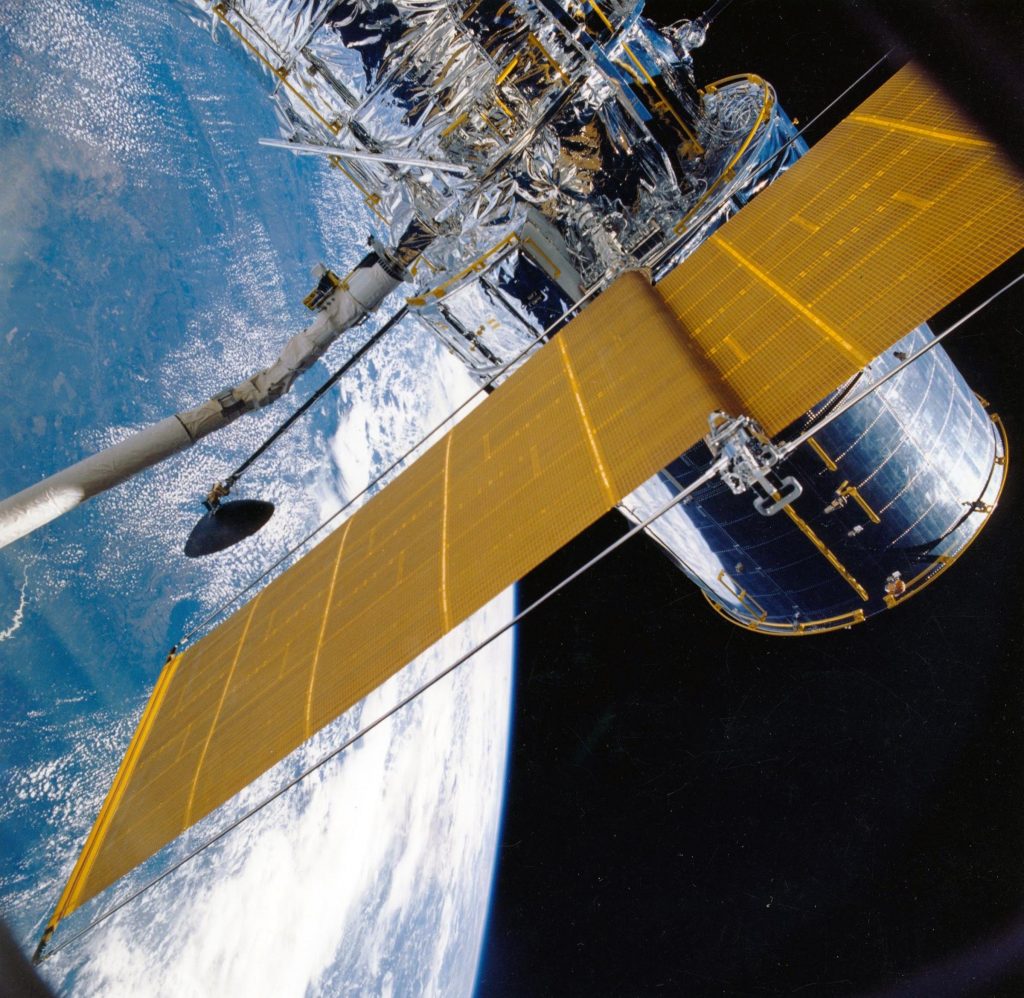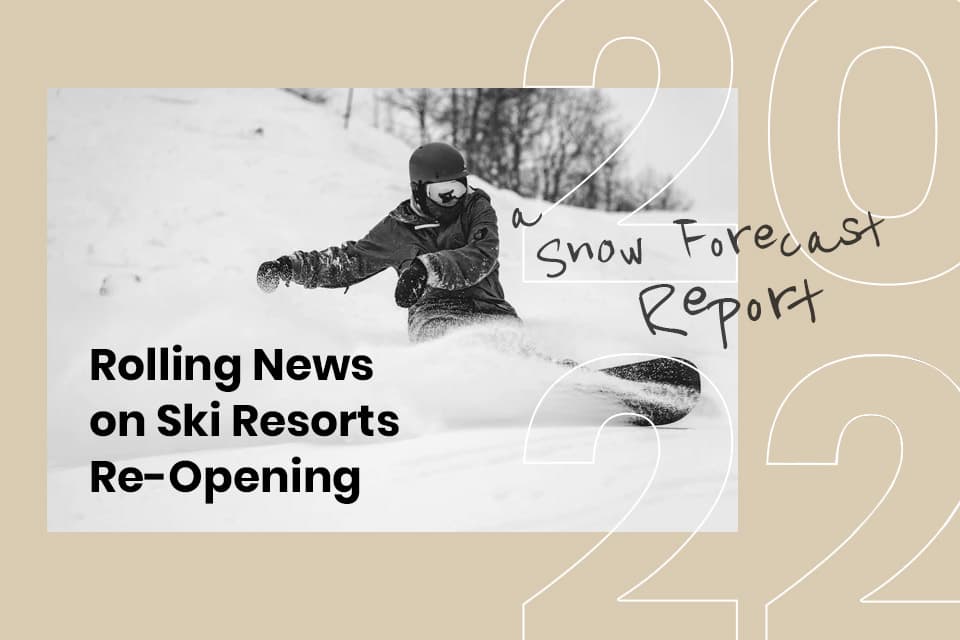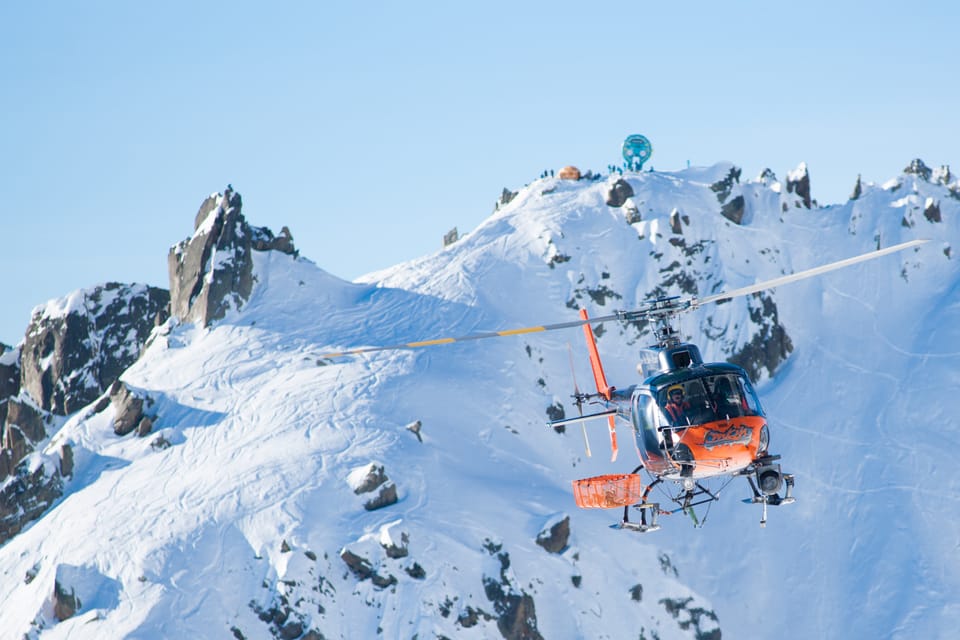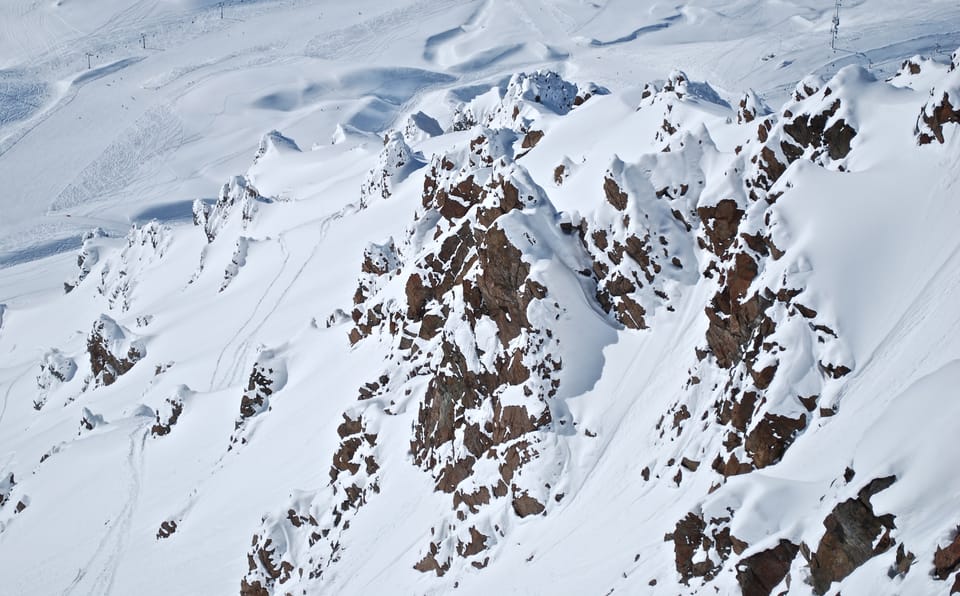Measuring Powder Snow From Space

A new method to work out where the finest, freshest powder snow is lying has been determined by the European Space Agency (ESA).
The agency found that the freshest, lightest snow with the smallest snowflake grain size was the most reflective of sunlight bouncing back off it.
Older snow tended to lose its granularity and also, the ESA found, its reflective quality, giving off a duller reflection or lower ‘albedo’ – a measure of the amount of radiation that is reflected back toward space from the Earth’s surface.
Fresh, dry snow tends to have a small grain size that is under 0.5 mm in diameter. As it melts, the grain size grows and the larger grains reflect less sunlight, so there’s a lower albedo measure for older snow.
Although this finding may make it easier to identify fresh powder from weather satellites in future to aid snow reports for skiers and boarders, the main interest of the ESA is in measuring the impact of climate change.

Typically, about one-third of the sunlight that hits the Earth is reflected, while the other two-thirds is absorbed by the atmosphere, land, and the ocean.
However, less fresh powder snow falling; rapid thawing of fresh snow that does fall and increasing levels of pollution means that less sunlight bounces back in to space.
The ESA are now applying a new analytical theory to Copernicus Sentinel-3 satellite data to shed new light on Greenland’s changing albedo.
“The albedo of Earth’s surface varies naturally according to the changing colours of the season, but long-term trends in changing snow and ice cover, as well as changing vegetation cover and air pollution, are having an impact on the overall balance of Earth’s albedo – and, hence, on how much heat it absorbs,” an ESA spokesperson explained.
“One way of measuring the albedo of snow is to monitor how the surface colour changes because of pollution such as from wildfire soot. But this doesn’t give us the whole story. Remarkably, this exciting new theory allows us to retrieve snow grain size from satellite optical images,” explained Jason Box, who is an expert at the Geological Survey of Denmark and Greenland (GEUS).




